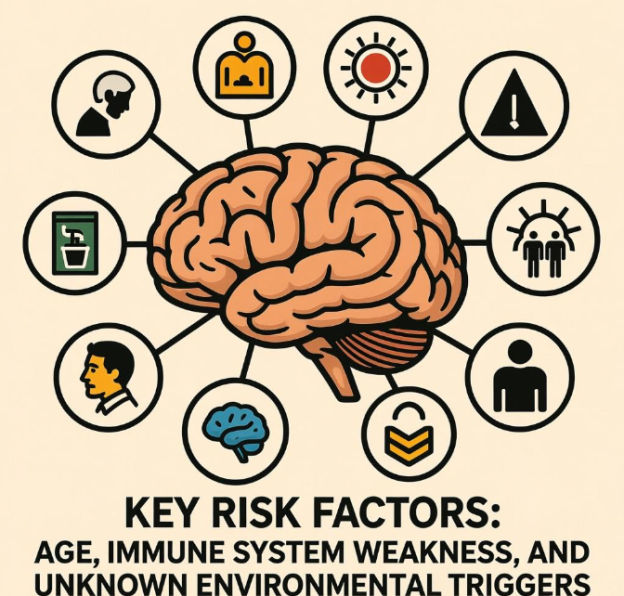A glioma is a brain tumor that starts in the glue-like cells that hold nerve cells together. Because these cells are spread throughout the brain, symptoms depend on where the tumor is growing and how fast. Most people notice gradual changes, but sometimes the signs appear suddenly.
Headaches are the most common complaint. They often feel dull and steady, and they may be worse in the morning or when you bend over. Seizures are another key warning—shaking, staring, or blacking out for no reason. If the tumor is pressing on the movement area, one arm or leg may feel weak or clumsy. Vision can blur or double, and you might bump into doorframes because your side sight is fading. Speech may become slurred or slow, and you might grope for words. Personality or memory changes—such as feeling foggy, irritable, or forgetful—can be subtle early clues. Some people feel off-balance or dizzy, especially if the tumor sits near the balance center. If the glioma grows very large, nausea and vomiting may appear as pressure builds inside the skull.
Because these changes can be blamed on stress, aging, or lack of sleep, many people wait too long to get checked. Any new headache with seizures, weakness, vision problems, or personality changes that linger for weeks should be evaluated with brain imaging.
| Symptom | What you might notice |
|---|---|
| Headache | Dull, steady, worse in morning or when bending over |
| Seizures | New shaking, staring, or blackout episodes |
| Weakness | One arm or leg feels clumsy or heavy |
| Vision | Blurry or double, side vision fading |
| Speech | Slurred, slow, or groping for words |
| Personality/memory | Foggy, irritable, forgetful |
| Balance | Dizzy, unsteady, bumping into walls |
| Pressure signs | Nausea, vomiting if tumor very large |


